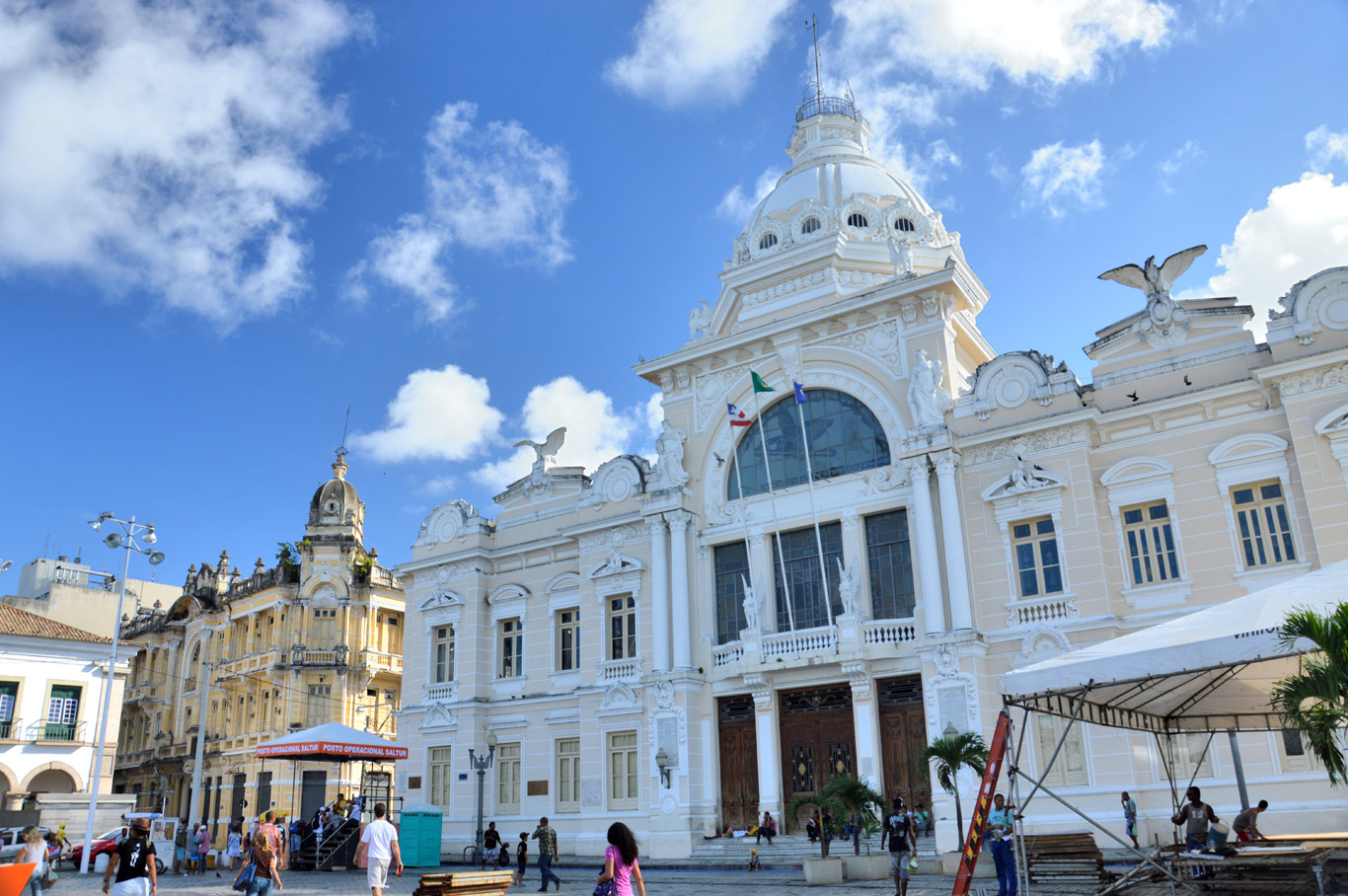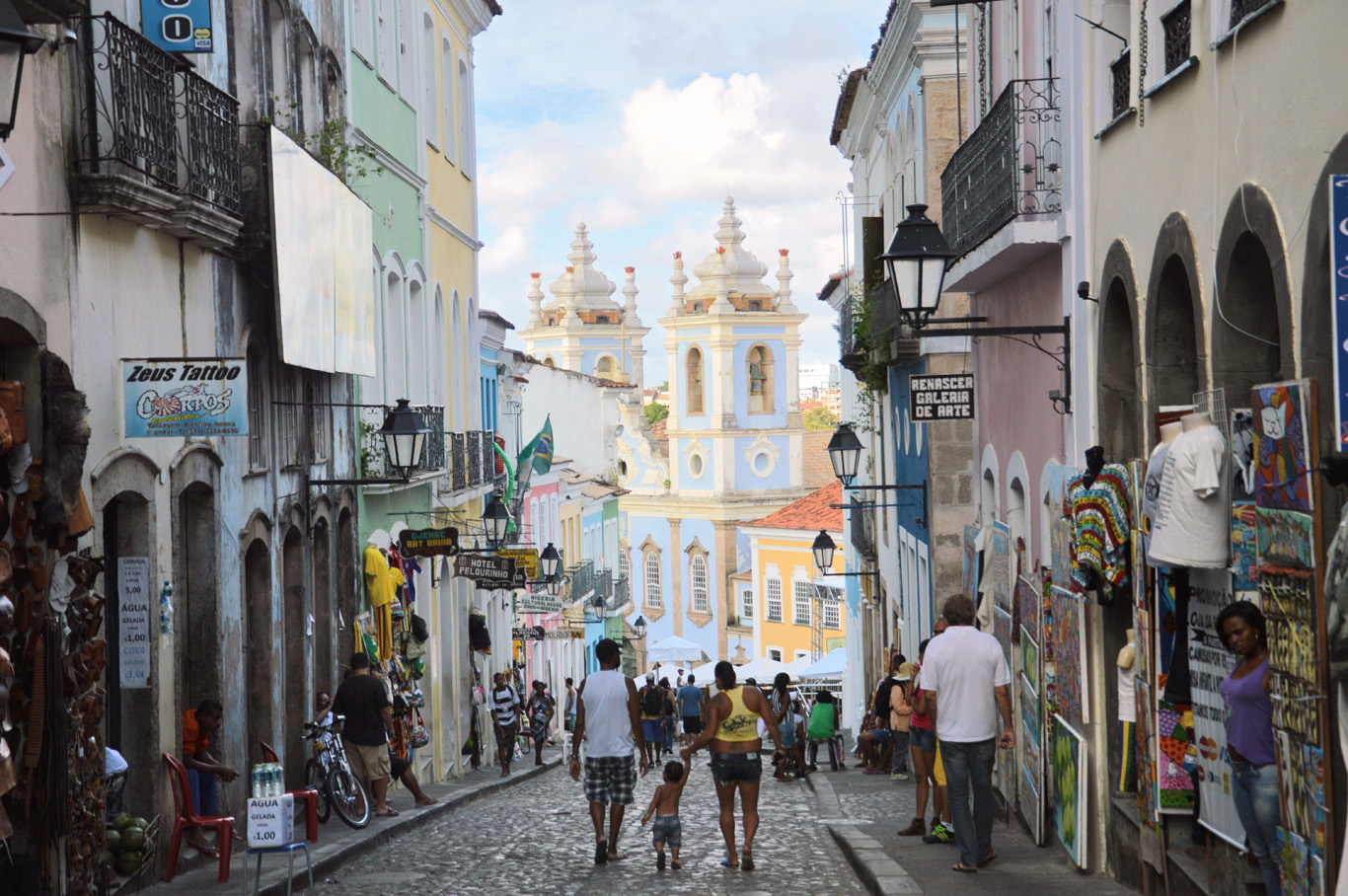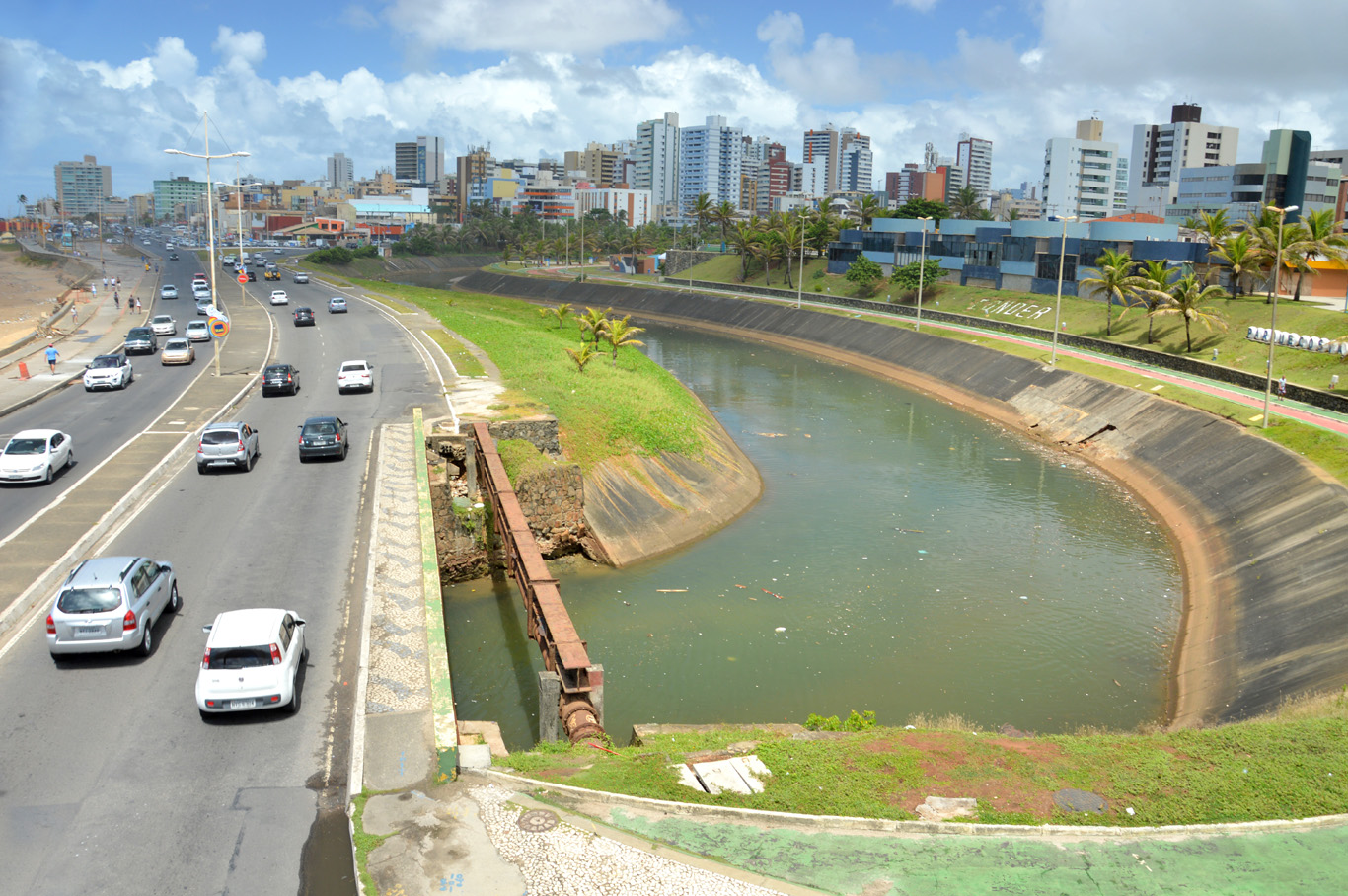Salvador city is the capital of the Bahia state in the North East of Brazil. While it's nothing less attractive than Rio, it gets way fewer tourists and thanks to that, it's easier to feel the local, Brazilian mixed with African influences way of life there. It's one of the oldest colonial cities in South America, founded by the Portuguese in he 16th century. With the spectacular carnivals, it's also believed to be the birthplace of Brazilian culture. You can experience that while strolling down the beautiful, charming streets of the old historical center - Salvador, no doubt has one of the most beautiful old historical centers in Brazil!
Getting to Salvador
Getting to Salvador is easy and the best option is to take a flight. We traveled to Salvador for 2 reasons - and the city itself wasn't the main one. First, we wanted to visit our friends who lived there and the second was the amazing Chapada Diamantina National Park which is nearby. Nevertheless, although we didn't expect much of the city, in the end it turned out to be so beautiful that we actually preferred it more than Rio. I wouldn't say that Rio is not attractive, but with so many tourists, it feels more like a global metropolis with less of the local touch that Salvador and other less popular Brazilian cities can offer.
What to see in Salvador
Historic Center (Peulorinho)
The historic center is the main reason you should visit Salvador. The beautiful buildings date back to the 17th century and their architecture is outstanding. The old district feels like a separate town among all the modern skyscrapers that are tightly squeezed all along the coast.
The historic center is built on a hill so the walls of the surrounding constructions seem to stand on one another. It slightly reminds of the city of Porto in Portugal which has similar charm. The main street in the old town is full of bright-colored buildings and magnificent churches.
If you don't feel like to climb up to the city center, you can take the Lacerda elevator- it's also an amazing view point of the coast - it's extremely cheap.
The narrow streets and typical for Brazil, brightly colored houses create an unforgettable atmosphere of an old town somewhere in southern Europe. However, there is a slight touch of Afro-Brazilian culture - you can spot Capoeira dancers everywhere and the hints of the lavish carnival celebrations are attached to the city's atmosphere. Expect it to be packed during the festive period!
Within the old town, you'll find many squares, plazas and churches - it's easy to see all of them as the area is small and
- Rio Branco Palace - former seat of the government - one of the oldest buildings
- Lacerda Elevator - amazing viewpoint
- Solar Ferrao Cultural Center
- Fallen Cross Monument
- Salvador Cathedral
- Church and Convent of Carmelitas
- Church of Sao Francisco
Barra Lighthouse- Fort of San Diogo
I also have to add that I tasted one of the best ice cream in the world in Salvador - especially the pineapple and coconut! On the sad side - many of the amazing
Salvador near old town
Salvador
Salvador
Salvador
Lacerda elevator
Neglected buildings in the historic center
Palacio Rio Branco - former seat of government
Salvador sign
Cultural Center - Solar Ferrao
Fallen Cross Monument
Main street in Historical Center
Beautiful street in Salvador
Local scene
Cathedral of Salvador
Church and Convent of Carmelitas
Street scene in Salvador
Colorful streets
Beautiful historical center
Colorful houses
Church of Sao Francisco in Anchieta Plaza
The coast
The coast of Salvador is full of golden sand beaches and coconut trees. It's not as nice as in the other, more rural areas we've been to but beautiful enough to have an amazing, relaxing day. The proximity to the main road can destroy that "paradise feeling" a bit, but what would you expect from a city beach?
While strolling down the endless sandy swathes, don't miss the Barra Lightouse, located around 3.5 km (2 miles) south of the historical center. It takes around 45 minutes to walk along the coast and it's an extremely pleasant walk, so I'd recommend you do that instead of taking a taxi or packed public transport.
Right before you get to the Barra Lighthouse, stop for a while at the beautiful Sao Diogo Fort - built in the 17th century.
Next to the lighthouse itself, there is a nice, small beach, also called Barra. The lighthouse is one of the landmarks of Salvador and a place where people come to relax. It's also a beautiful spot for the sunset.
Pituacu Park
Pituacu Park is another nice place to relax, it consists of a lake and sand dunes surrounding it - you can also spot some horses grazing around. It's located quite far from the city center but you can get there easily by taking Metro - stop called Estacau Pitiacu. Surely, you'll find here many performers and capoeira dancers.
modern Salvador
The modern part of Salvador was the most disappointing area in the city. Forests of huge skyscrapers, no different from other bug cities in South America. What's also sad, is the pollution which is clearly visible around the city's canals and lawns. If that was fixed, the city would be so much nicer as the location and nature around is like paradise.
Modern Salvador
Pollution in the canal
Coconut trees near the beach
At the coast
All together
The coast of Salvador
Barra Lighthouse
Barra beach
San Diogo Fort
Pitucau Park
Performers in Pitucau Park
Is Salvador safe?
Salvador doesn't have a good reputation - so be aware of that while traveling. We felt perfectly safe because we were traveling with the locals so they knew where to take us so we wouldn't encounter any problems.
Logically, the very historic center is guarded and safe for travelers, but be careful strolling too far in some dark, dodgy alleys. The area around the Barra lightouse can also be quite dangerous after darl. Nevertheless, if you use your common sense you'll be fine and I'm sure you'll enjoy Salvador as much as we did during our short visit there.
Do go travel around - to Chapada Diamantina National Park - take a look at the Related Posts below to see how amazing it is!
Author: Tom @ Adventurous Travels
Related Posts
Copying without permission is not allowed. If you wish to use any of the site's content (photos or text) or work with us, please contact us.
We welcome questions, advice, support or criticism. However, spam comments will be removed.






































